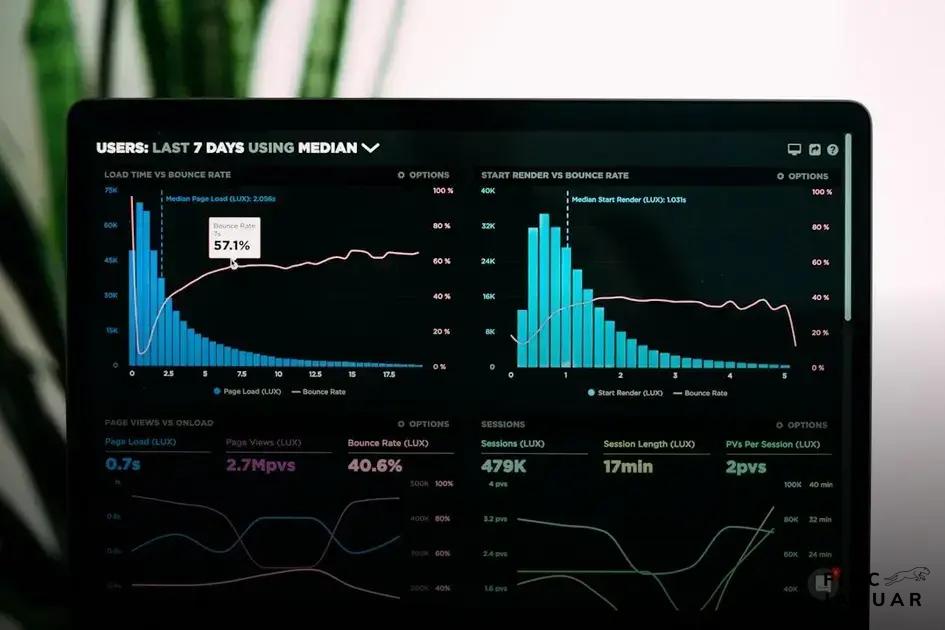Are you looking to earn passive income effortlessly? Crypto staking might be your answer. By participating in the blockchain ecosystem through staking, you can earn rewards without the need for constant trading or speculation. This guide will walk you through the essentials and help you understand what crypto staking is all about.
Understanding Crypto Staking Basics
Crypto staking is a way to earn passive income by participating in the blockchain network of a particular cryptocurrency. When you stake your crypto assets, you are essentially locking them up in your wallet to support the operations of the network, such as block validation, governance, and network security. In return, you earn staking rewards, typically in the form of more coins or tokens.
The staking process involves holding a certain amount of a crypto asset in a compatible wallet. The network uses your holdings to validate transactions and generate new blocks. Unlike Proof of Work (PoW) systems, which require miners to solve complex mathematical problems, staking relies on the Proof of Stake (PoS) model, where the likelihood of validating a new block depends on the number of coins you hold and are willing to stake.
Understanding the technical requirements is essential. Each cryptocurrency has its own set of rules and prerequisites to participate in staking. For instance, some might require a minimum amount of tokens, while others might have lock-up periods during which you cannot withdraw your staked assets.
Benefits of Crypto Staking
One of the key advantages is the potential for regular income without the need to actively trade. This passive income stream comes with relatively lower energy consumption compared to traditional mining. Additionally, staking contributes to the security and efficiency of the blockchain network.
However, be aware that staking is not without risks. The value of the staked asset can fluctuate, affecting the overall returns. It’s crucial to stay informed about the particular cryptocurrency’s project developments and market conditions to optimize your staking strategy.
By participating in staking, you not only earn rewards but also play a significant role in maintaining the network’s integrity and growth.
Choosing the Right Cryptocurrency

When it comes to cryptocurrency staking, selecting the right cryptocurrency is crucial for your passive income strategy. Different cryptocurrencies offer varied staking benefits, risks, and requirements. Understanding these factors can significantly influence your success.
Firstly, research the staking requirements of each cryptocurrency. Some may require a minimum amount to be staked, which can vary widely between tokens. Be aware that while some cryptocurrencies allow flexible staking amounts, others might lock your funds for a specific period.
Consider the network security and reputation of the cryptocurrency. Strong networks with active communities are generally safer bets. Participate in forums and follow community updates to stay informed about the projects you are interested in.
Evaluate the historical returns from staking. Look for tokens that offer consistent returns rather than those with volatile performance. The historical yield can give you an estimate of what to expect, but always factor in market conditions that could impact these numbers.
Don’t overlook the ease of staking. Some cryptocurrencies offer straightforward staking processes, while others might require more technical knowledge. Opt for those that align with your familiarity and comfort level with blockchain technology.
Additionally, assess the potential for long-term growth and adoption. Cryptocurrencies with solid development roadmaps, partnerships, and real-world applications are more likely to sustain their value over time.
Lastly, consider diversifying your staked assets. Instead of relying on a single cryptocurrency, spreading your investment across multiple staking tokens can minimize risks and enhance potential returns. This approach can provide a balanced strategy in the rapidly changing crypto landscape.
Setting Up a Secure Crypto Wallet
When venturing into the world of crypto staking, it’s vital to ensure your funds’ security. A secure crypto wallet is essential, and here’s how you can set it up effectively.
Firstly, it’s important to decide between a hot wallet and a cold wallet. Hot wallets are connected to the internet, offering convenience and ease of access, but they may be more vulnerable to cyber threats. On the other hand, cold wallets are offline, providing enhanced security, making them ideal for long-term storage and staking purposes.
Before setting up, research different wallet providers. Look for those with a solid reputation and robust security features. It’s advisable to opt for wallets with two-factor authentication (2FA) to add additional layers of protection. Additionally, make use of wallets offering multi-signature capabilities, requiring multiple approvals for transactions, which substantially decreases the risk of unauthorized transactions.
The next step is downloading and installing the wallet application from the provider’s official website to avoid fraudulent sites. Once installed, follow the step-by-step setup process. It’s crucial to create a strong, unique password that combines lowercase, uppercase, numbers, and special characters. Ensure you store your password and any seed phrases securely, possibly in an offline location or using a hardware wallet.
After configuration, conduct a trial transaction by transferring a small amount of cryptocurrency to your new wallet. This step verifies the wallet’s functionality and your understanding of its operations in staking activities.
By maintaining updated security measures and regularly reviewing wallet security protocols, you can safeguard your assets while staking. Remember, a secure crypto wallet is the foundation of sustainable and profitable staking endeavors.
Calculating Potential Returns

One important aspect of crypto staking is understanding how to calculate your potential returns. When you stake your cryptocurrency, you lend it to the network to help validate transactions. In return, you earn rewards, often in the form of interest or additional coins.
To calculate these potential returns, consider the following:
- Staking Rewards: Different cryptocurrencies offer varying reward rates for staking. These rates can change based on network conditions, the total amount of coins staked, and demand.
- Lock-in Period: Some staking options require you to lock your tokens for a certain period. During this time, you cannot transfer or sell them. Ensure you understand how this lock-in affects your liquidity and potential profits.
- Compounding Returns: Compounding can significantly impact your returns as you reinvest your earned rewards. Some staking programs automatically reinvest rewards, enhancing your earning potential over time.
- Fees: Be aware of any fees associated with staking. These could include transaction fees, validator charges, or platform service fees, all of which can reduce your net returns.
By considering these factors, you’ll have a clearer picture of your potential returns from crypto staking. Remember, the key is to balance risk with the possible rewards as you engage in staking.
Risk Management and Best Practices
When diving into crypto staking, managing risk is crucial. Understanding the inherent risks allows you to make informed decisions. Volatility is a significant factor in the crypto market. Prices can fluctuate, affecting your staked assets. It’s essential to diversify your stake across different cryptocurrencies. This reduces the impact of a price drop in one currency.
Another key aspect is researching the platform you’re staking with. Ensure it employs adequate security measures. Look for platforms with a strong reputation and positive user feedback.
Consider the concept of locking periods. Some staking options require you to lock your assets for a set time. Make sure you are comfortable with the duration, as accessing your funds prematurely may not be possible or may incur penalties.
Staying informed about the updates and changes in staking protocols is vital. They can impact your investments and returns. Regularly reviewing your staking strategy helps in mitigating unforeseen risks.
Best Practices
Regularly monitor your investments. This involves keeping an eye on market trends and staking rewards rates. This vigilance can help adjust your strategy in real time.
It’s wise to keep backups of your wallet keys and use two-factor authentication whenever possible. This adds an extra layer of security, protecting your staked assets.





